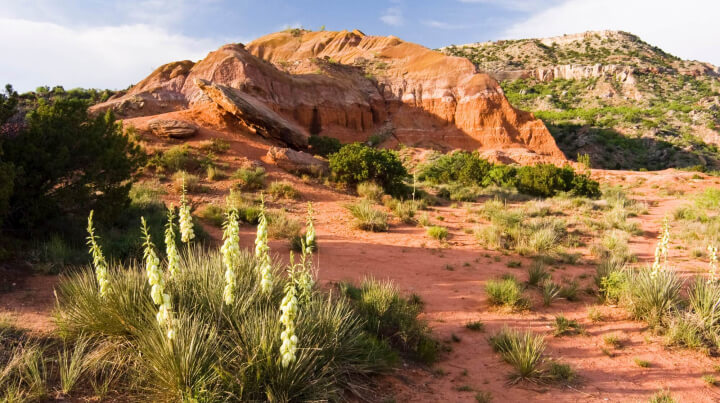Texas A&M Forest Service Nature Challenge


How Pinecones Sense the Weather
Find a pinecone and observe how it looks on a dry day versus a humid or rainy day. Does it stay open or close up? Try placing one in a sunny spot and another in a cup of water—what happens?
Keep track of the changes throughout the day and think about why pinecones behave this way. How might this help pine trees survive in East Texas?
Science Seed: Pine trees in East Texas, like the loblolly and longleaf pine, have developed special adaptations for their environment. One of their most interesting features is how their cones react to moisture. When it’s dry, pinecones open up to release seeds, taking advantage of the wind to spread them. When it’s humid or rainy, they close up to protect the seeds from rotting or getting washed away. This natural response helps ensure the next generation of trees can grow successfully in East Texas forests.
Buy real badges: https://familiesinnature.org/shop/#!form/Shopping
Details

|
|
|
|

This Challenge is for:
- All Ages
- Formal Educators
- Informal Educators
Challenge Topics:
- At Home
- Biodiversity
- Connecting Children with Nature
- Conservation/Environmental Education
- Environmental Systems and Cycles
- Homeschool
- Outdoor Recreation
- School Campus
This Challenge is accessible for:
- People with Visual Impairments
- People with Hearing Impairments
- People with Mobility Impairments
- People with Developmental Impairments
- People with Sensory Sensitivities
Don’t forget your...
- Cup of water
To complete this challenge
Step one
1. Find a Pinecone

Look for a pinecone from a pine tree, such as a loblolly or longleaf pine, in your backyard or a local forest.
Step two
2. Observe on a Dry Day

Closely observe your pinecone on a dry, sunny day. Using your sense of touch or vision, note if the scales of the pinecone are open or closed.
Step three
3. Observe on a Humid/Rainy Day

Return to the pinecone after a humid or rainy day and observe any changes in the pinecone. Are the scales closed now?
Step four
4. Test with a Sunny Spot

Place one pinecone in a sunny spot and check on it throughout the day. Does it open or close?
Step five
5. Test with a Cup of Water

Place another pinecone in a cup of water. Watch for any changes—does it stay closed or open? Track how long it takes for the pinecone to respond.
Step six
6. Think About Survival

Think about why pinecones might behave this way. How does this help pine trees in East Texas survive and reproduce?
Step seven
7. Earn Your Badge

Once you've completed your observations and logged the data, you can earn your badge by showing how you've understood pinecone adaptations!
Step eight
Earn your badge!

Gallery
There aren't any images in the gallery.
Texas A&M Forest Service and cooperators collectively known as “Nature Challenge” have not inspected the physical locations of challenges. No warranty of safecondition, or fitness for particular use is granted by Nature Challenge. Nature Challenge has not vetted whether the challenges, as formatted by the Provider, is safe. Anyone performing this challenge will be doing so at their own risk.








